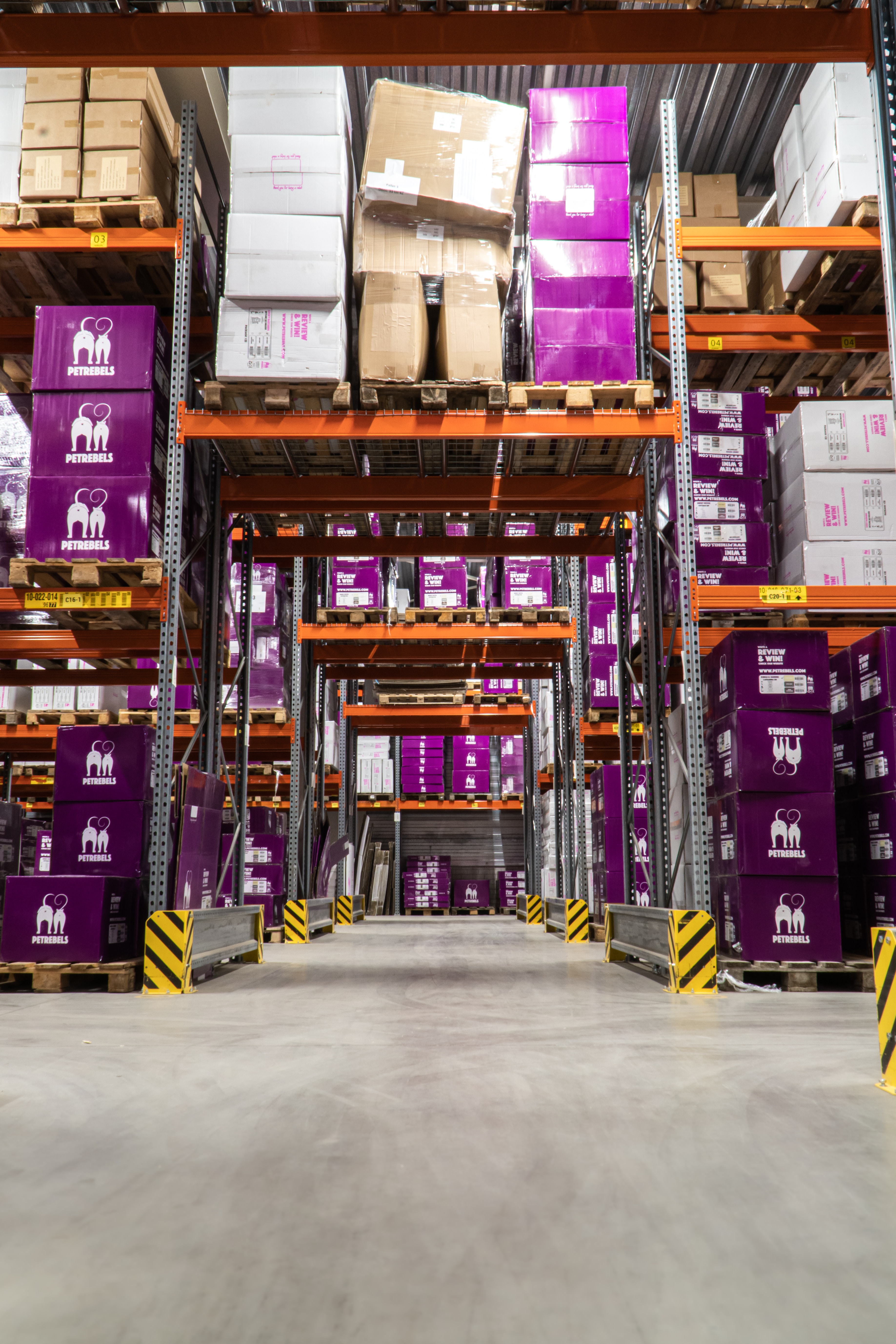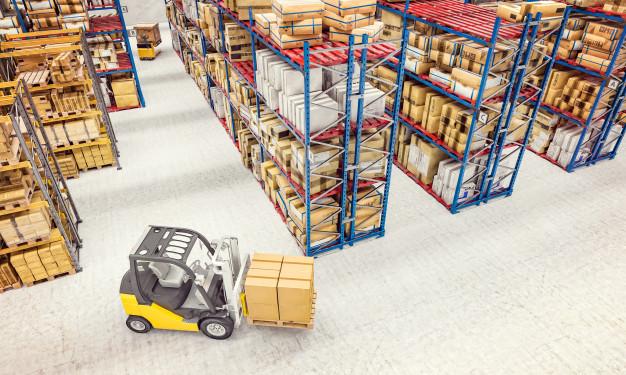TRANSPORTATION SYSTEM

Warehousing Distribution

Components
Warehousing and distribution system refers to the management of the storage and movement of goods within the broader context of logistics. It includes all activities related to the storage, handling, and distribution of goods from the point of origin to the final destination.
An effective warehousing and distribution system requires careful planning and coordination to ensure that products are stored and shipped efficiently, accurately, and securely. It also involves the use of technology and software solutions to optimize operations and improve visibility and tracking.
Warehousing
Warehousing refers to the process of storing goods or products in a designated location before they are shipped to their final destination. Warehouses are used by companies of all sizes to store products until they are needed by customers or retailers. Warehouses come in different sizes and types, including distribution centers, fulfillment centers, and cold storage facilities. They play a critical role in the supply chain by ensuring that products are available when and where they are needed. However, warehousing can also be costly, requiring significant investment in real estate, equipment, and personnel.
Distribution System
A distribution system is a network of companies, facilities, and transportation methods that work together to move products from the manufacturer to the customer. It includes processes such as order processing, inventory management, transportation, and delivery. The goal of a distribution system is to ensure that products are available to customers in a timely and cost-effective manner. Distribution systems can vary depending on the type of product being distributed and the geographic location of customers. For example, a company that sells perishable goods may need to have a more extensive and sophisticated distribution system than a company that sells non-perishable goods.
